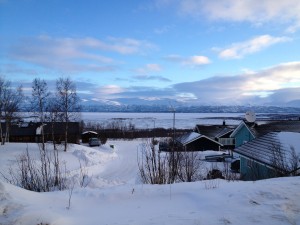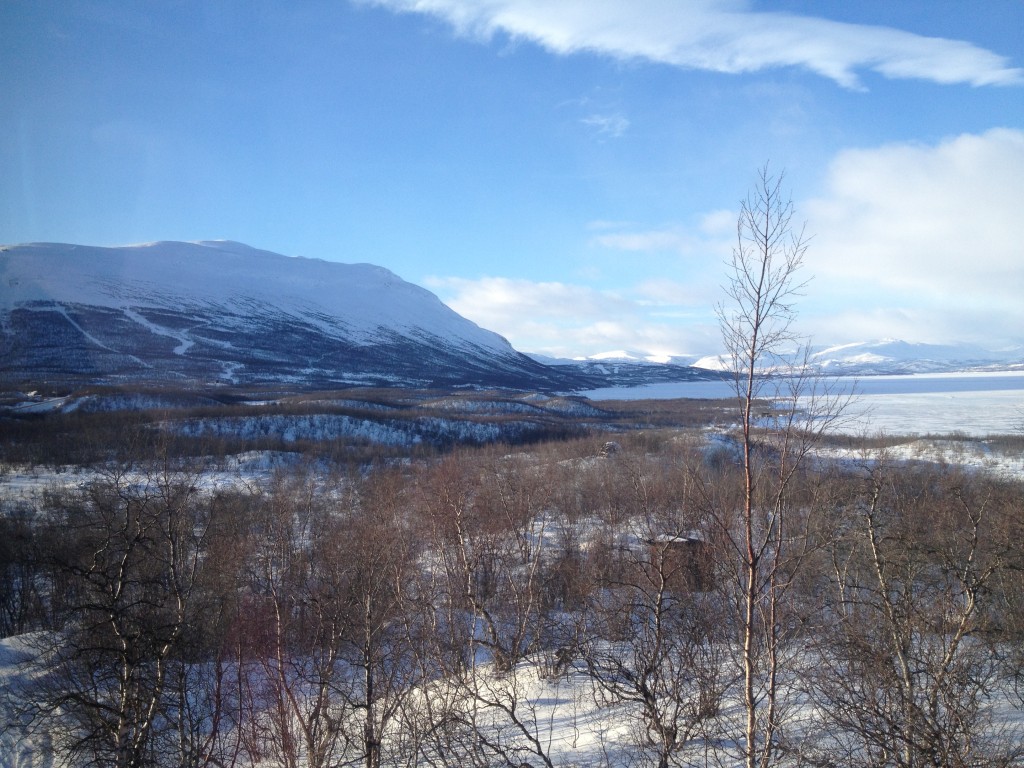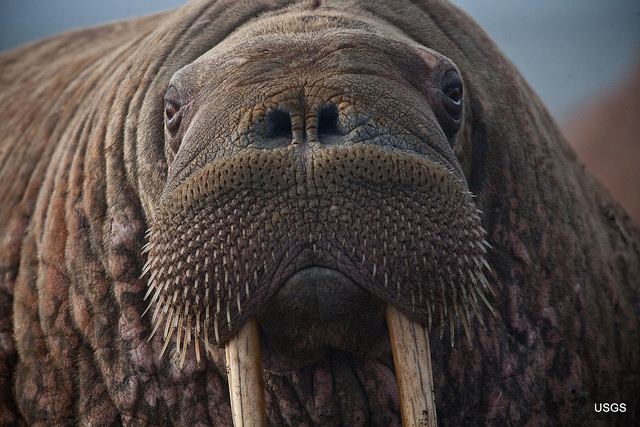Exploring the North – Visible signs of climate change
Almost in the middle of nowhere, where just a few houses stand between trees around the lake, there is kind of a research nest. Scientists from different countries live and work together in Abisko, Sweden, to investigate the impact of climate change in the Arctic region.
That is especially feasible, as the research station is located North of the polar circle. The Arctic region is far more sensitive to climate change than others: While globel mean temperature yet rose by 0.8 degrees celsius, the Arctic already warmed by more than one degree on average.
“If you came here 40 or 50 years ago, you would see that the treeline has risen since then”, says plant ecologist Ann Milbau.
Also the composition of species growing here has changed: mosses do worse, while more grasses growing on the vast ground. But in the last years, researchers suddenly walked on a green moving carpet – made of caterpillars. Temperature in the previous winter did not fall below -35°C, a threshold above which all caterpillar eggs survive. The eclosed moths ate away all leaves from the trees. “There was nothin green here in summer”, Milbau says, “But yet we don’t know, whether this was just an exception or really a sign of climate change.”
Which visible signs of climate change can you see in your environment?








